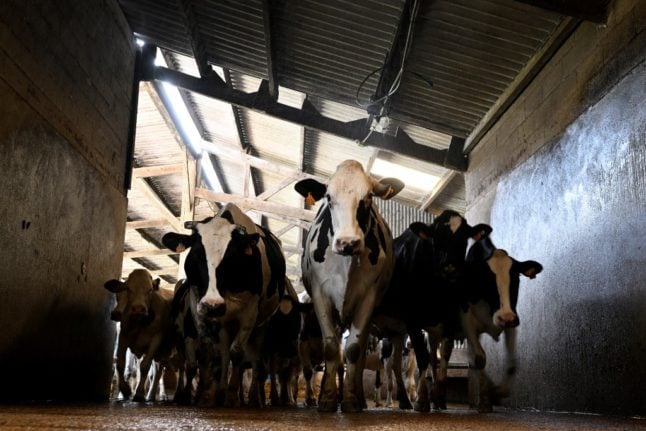“This rule puts Spain at the forefront of Europe in this area and, as well as ensuring the welfare of animals during their passage through abattoirs, it also improves food safety guarantees for consumers,” said Consumer Affairs Minister Alberto Garzón.
The measure was approved at Tuesday’s cabinet meeting and will now be pushed quickly through parliament for approval.
It has already been agreed with the industry, government spokesperson Isabel Rodríguez told a press conference.
“We will be the first country in the European Union to have a compulsory video surveillance system in abattoirs,” said the consumer affairs ministry of Pedro Sánchez’s left-wing government.
Guillermo Moreno, executive director of Equalia, an NGO that lobbied for the reform, told AFP he was satisfied with what he called “a necessary and important first step to raise animal welfare standards in abattoirs”.
He added that England, Scotland and Israel had already introduced the measure in their slaughterhouses.
Under the Spanish rules, abattoirs will be required to retain the video images for later verification by the authorities.
“Large abattoirs have one year to implement the new standard” with smaller operations granted two years, the ministry said.
READ ALSO: Your views – Is Spanish meat good quality?



 Please whitelist us to continue reading.
Please whitelist us to continue reading.
Member comments